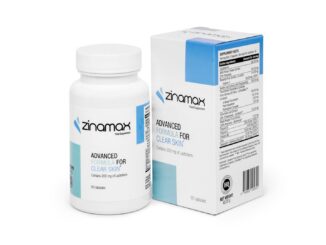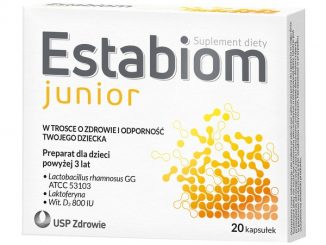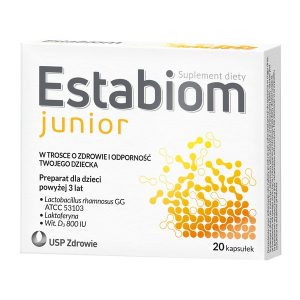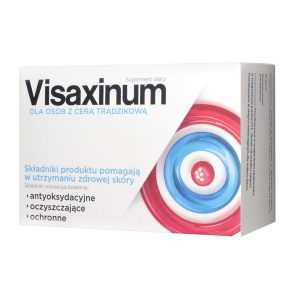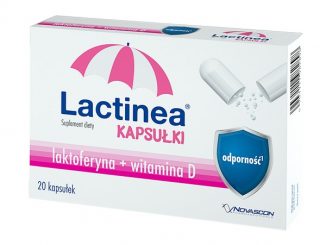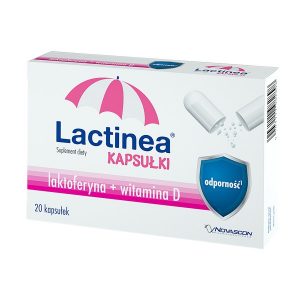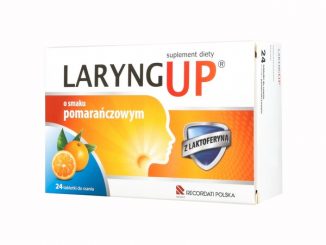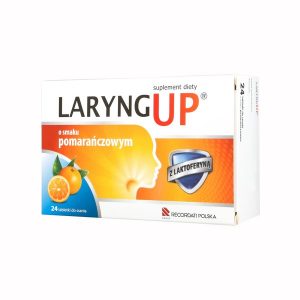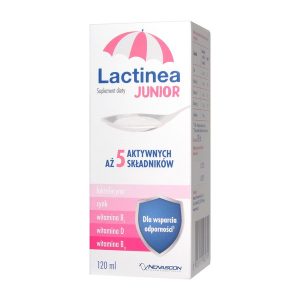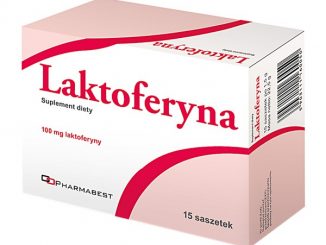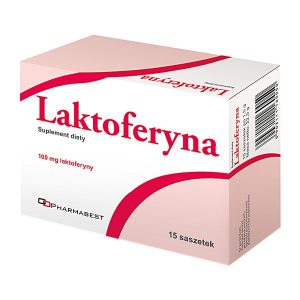The properties of Lactoferrin
Lactoferrin (LF), also known as lactotransferrin (LTF), is a multifunctional protein of the transferrin family. Lactoferrin is a globular glycoprotein with a molecular mass of about 80 kDa that is widely represented in various secretory fluids, such as milk, saliva, tears, and nasal secretions. Lactoferrin is also present in secondary granules of PMNs and is secreted by some acinar cells. Lactoferrin can be purified from milk or produced recombinantly. Human colostrum (“first milk”) has the highest concentration, followed by human milk, then cow milk (150 mg/L).
Lactoferrin is one of the components of the immune system of the body; it has antimicrobial activity (bacteriocide, fungicide) and is part of the innate defense, mainly at mucoses. In particular, lactoferrin provides antibacterial activity to human infants. Lactoferrin interacts with DNA and RNA, polysaccharides and heparin, and shows some of its biological functions in complexes with these ligands.
An iron-binding protein that was originally characterized as a milk protein. It is widely distributed in secretory fluids and is found in the neutrophilic granules of LEUKOCYTES. The N-terminal part of lactoferrin possesses a serine protease which functions to inactivate the type III secretion system used by bacteria to export virulence proteins for host cell invasion.


























































